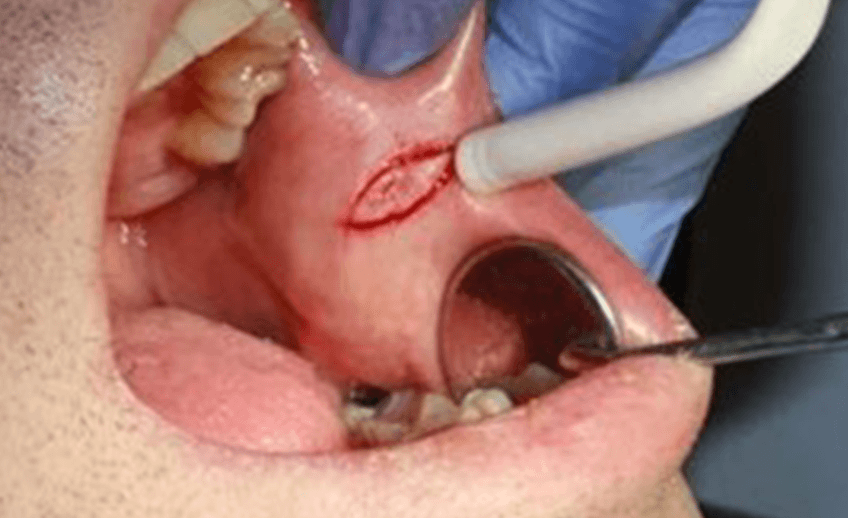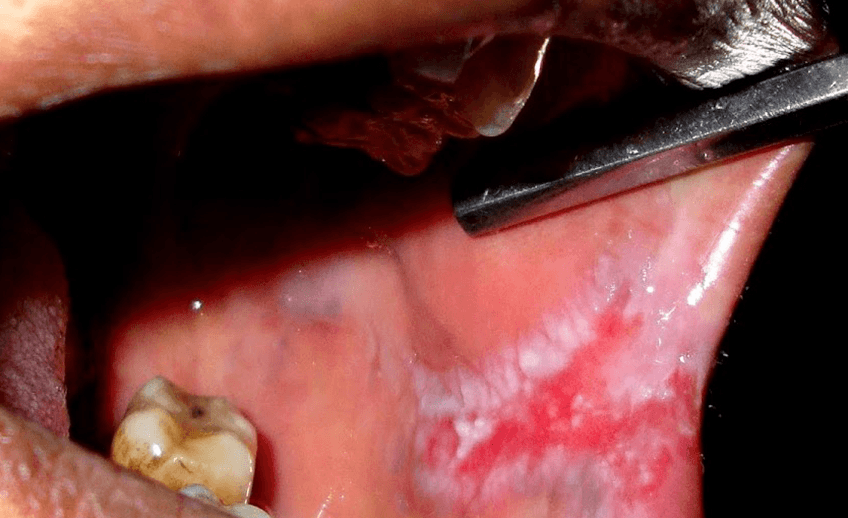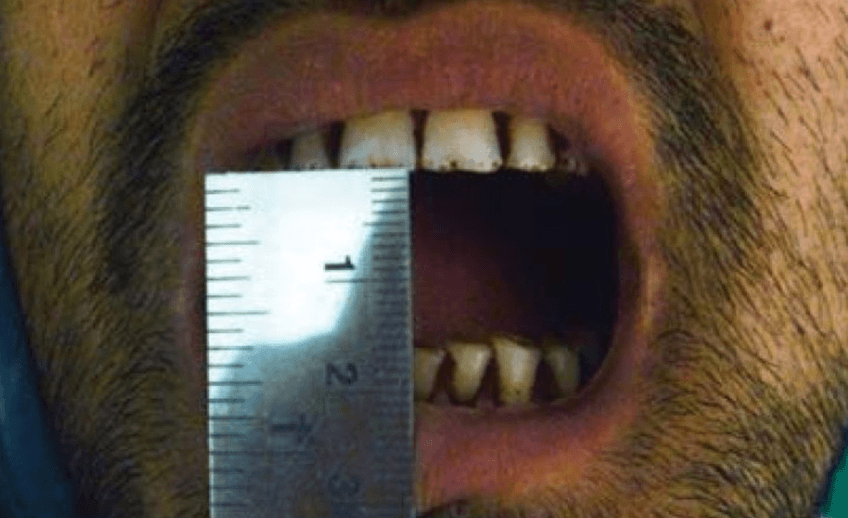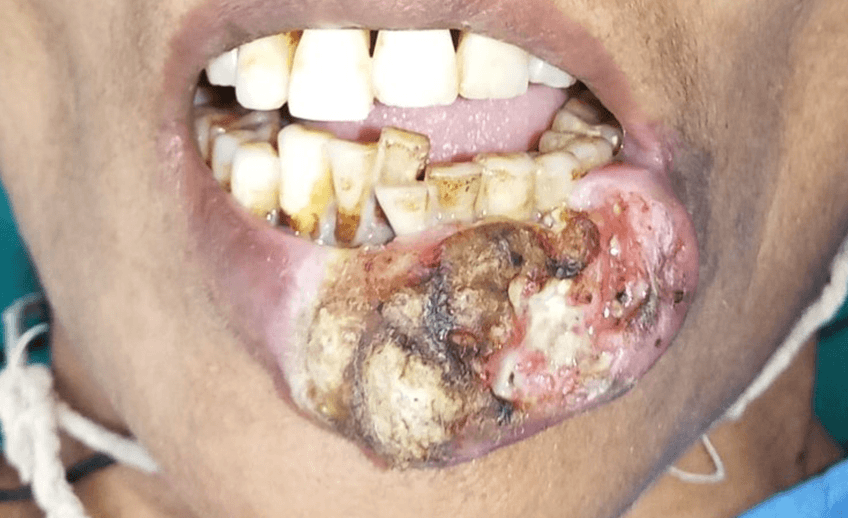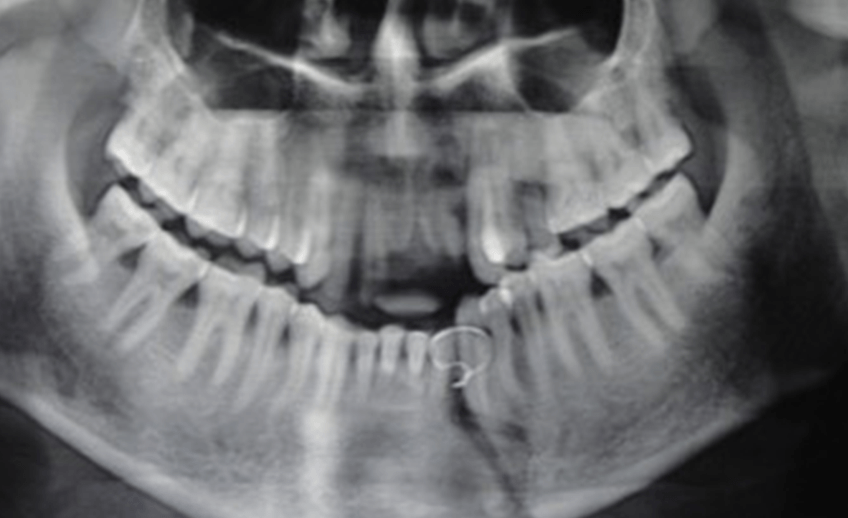Worldwide, there are approximately 6,57,000 new cases of oral cancers each year, and more than 3,30,000 deaths due to the same. Oral cancers include the main sites of lip, oral cavity, nasopharynx, and pharynx and have a particularly high burden in South Central Asia, especially India, due to risk factor exposures. The most common risk factors leading to oral cancer are the use of all forms of smoke and smokeless tobacco and betelnut. Cancer does not develop overnight. There are a few pre-cancerous condition that appear in the oral cavity prior to the onset of cancer. These comprise various ulcers, red and/or white patches, reduced mouth opening, and hardening of the cheeks. A comprehensive approach is needed for oral cancer to include health education and literacy, risk factor reduction, prevention and early diagnosis. We at The Maxfac Clinic strive to educate and thus help prevent the incidence of oral cancer. We also excel at early diagnosis and prompt treatment of pre-cancerous and cancerous conditions that affect the oral cavity.
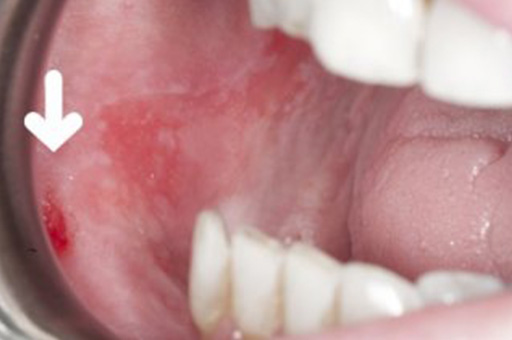
The most common symptoms of Orofacial cancer :
Swellings/thickenings, lumps or bumps, rough spots/crusts/or eroded areas on the lips, gums, or other areas inside the mouth.
The development of velvety white and/or red patches in the mouth.
Unexplained bleeding in the mouth
Unexplained numbness, loss of felling or pain/tenderness in any area of face, mouth or neck.
Persistent sore on the face, neck or mouth that bleeds easily and do not heal within 2 weeks.
Soreness or felling that something is caught in the back of throat.
Difficulty in chewing or swallowing, speaking or moving the jaws or tongue.
A change in the way your teeth or dentures fit together.
Dramatic weight loss
The management of Orofacial cancer depends on the stage at which it is diagnosed. Thus, if you notice any of the above signs, it is best to visit your Oral & Maxillofacial Surgeon for an opinion. A biopsy often confirms the diagnosis and further treatment includes removal of the lesion with removal of the associated lymph nodes. Radiotherapy and Chemotherapy may also be required for some patients.
